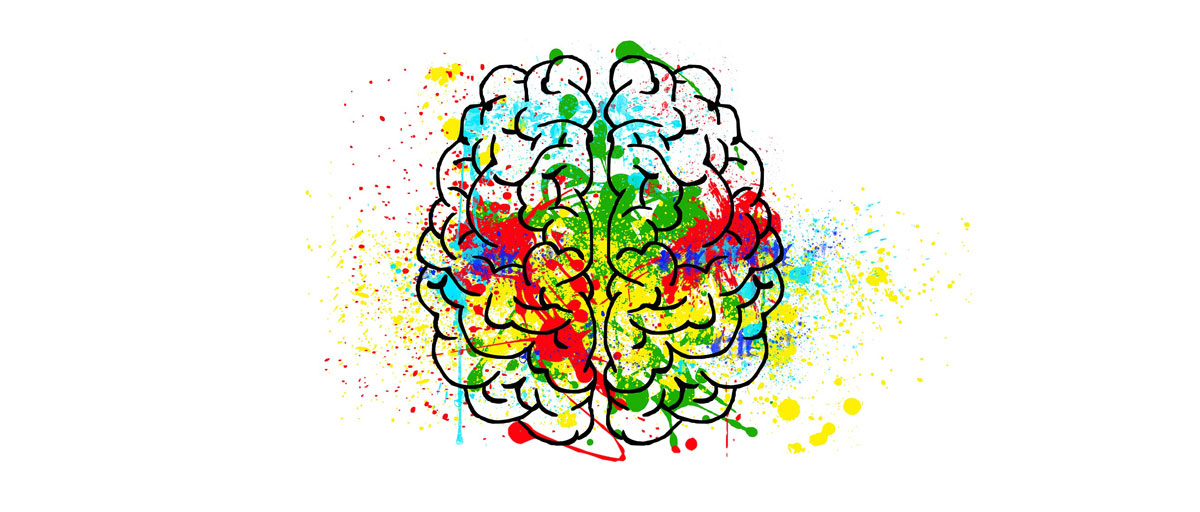Important notes This site is to provide an overview of Specific learning difficulties.
The language is changing to reflect the understanding that almost all of the Specificially identified needs that we
will be dicussing are actually neurodiversity.
For more on the discussion of neurodiversity, click on the brain.

Specific learning difficulties, or neurodiversities, cover a range of issues. These are all lifelong conditions. You don’t catch them, they don’t go away. They are the way a person sees and processes the world around them. The "symptoms" and issues can be worse under circumstances such as stress, lack of sleep, poor diet, drugs, medication, loud noises, changes in room layout.
The conditions are not a barrier, nor a label that exempts someone from doing something. Neurodiversities are a different way of seeing and interacting with the world. Some aspects of life are more challenging, and require some adjustments to overcome these challenges. There is nothing wrong with the person, the world and society has been built around a very narrow way of doing things, which just doesn't fit everyone.
Making adjustments in the workplace are not a suggestion, but a legal responsibility as many neurodiversities are covered under the Disability Discrimination Act 2010 and the Equality Act 2010. Many others are listed at the back of the booklet. An inclusive environment works for everyone, and many adjustments suit a variety of needs, and could probably benefit all members of your environment.
It's important to note that late diagnosis, and subsequent lack of support, is often linked to a lot of mental health difficulties, especially anxiety and depression, and any support we can all provide can make a massive difference to learners.
These resources are not for you to diagnose a condition, but for you to better support the person when they disclose that they have an LDD, or you suspect there is an underlying condition. The strategies listed can be used in classrooms, workshops and in workplaces. You will notice a repetition in the use of some strategies across a range of issues/ conditions.
Why do the paragraphs change colour? Visual stress (often linked to dyslexia) makes it harder to read black on white writing. The paragraphs will change colour when you hover over them to make it more accessible to those with visual processing disorders. Blue is the most popular colour.